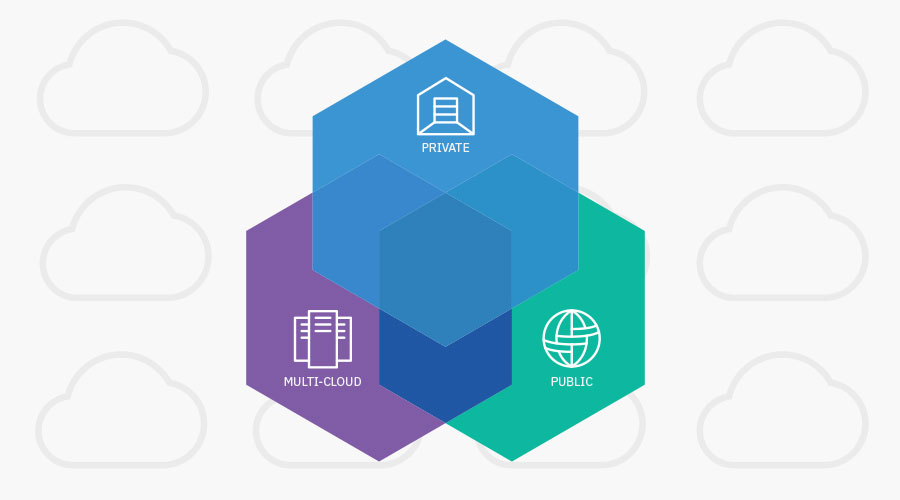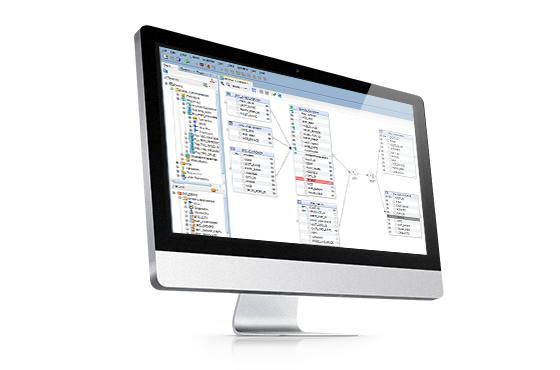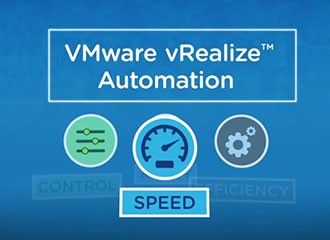View
Sorting
Products found: 14
1Тест
Тест полное описание
С V века до н. э. — группа античных поселений. На территории Одессы и Одесского залива когда-то была расположена древнегреческая колония, остатки которой были обнаружены прямо под нынешним Приморским бульваром. Уровень воды был иным, более низким, и береговая линия проходила намного дальше, чем сейчас находится Одесский маяк. Именно недалеко от маяка и за ним до сих пор иногда находят древнегреческие артефакты. Из-за более низкого уровня воды Тендровская коса продолжалась значительно дальше, чем сейчас, и поселение в районе маяка фактически контролировало выход из устья Буга и Днепра в Чёрное море, и таким образом, имело стратегическое значение. Археологические артефакты подтверждают существование связей между Одесским регионом и восточным Средиземноморьем. В Средневековье территория Одессы находилась во владении различных кочевых племён (печенегов, половцев), Золотой Орды, Крымского ханства, Великого княжества Литовского, и Османской империи.
Современный город как военно-морской и торговый порт на Чёрном море основан Российской империей в 1794 году на месте татаро-турецкого поселения Хаджибей (известного, согласно гипотезе А. И. Маркевича, с XV века), отошедшего к России в 1791 году; переименован в Одессу (предположительно, от античного города Одессос) в 1795 году. К концу XIX века Одесса превратилась в четвёртый по количеству населения город и второй по грузообороту порт Российской империи. Начиная с 20-х годов XX века — один из крупнейших городов Украинской ССР, с 1991 года — независимой Украины.
Официально историю Одессы как города принято отсчитывать с 1794 года[10], когда 27 мая (7 июня) 1794 года императрица Екатерина II издала рескрипт об основании города и гавани на месте Хаджибея, а 22 августа (2 сентября) 1794 года после молебна и освящения строительных площадок были забиты первые сваи в основание города. Ранее Осип де Ри́бас представил Екатеринославскому и Таврическому генерал-губернатору князю Зубову доклад, вместе с ходатайством о построении города и порта на месте Хаджибея, а также планы, составленные инженером-полковником российской армии Францем де Волланом. Де Рибасу в конце концов удалось убедить Екатерину, и таким образом был утверждён его проект основания порта и города. Строился город по плану, составленному де Волланом.
Новое название города Одесса впервые встречается 10 января 1795 года. Существует несколько версий о происхождении названия города, однако наиболее достоверным считается предположение, что город назвали так в честь древнегреческой колонии Одессос, которая располагалась недалеко от Одесского залива.
Тест конец описания
Boomi Onboarding Solution Accelerator
- Reduce time-draining tasks. Minimize manual data work for HR, managers and new hires. Speed employee onboarding when you automate workflows across multiple systems, from internal HR and related information to third-party benefits and payroll providers.
- Improve employee satisfaction. Frictionless onboarding sets the stage for a long and productive relationship. Meet employee expectations and retain high-value personnel when you extend Boomi to help manage the full employee lifecycle, from recruitment and onboarding to training, promotions and separation.
- Develop a single employee view. Synchronize and enrich employee data in a central master data hub, and orchestrate workflow-driven onboarding with the Boomi platform. Gain a single employee view and reduce latency with real-time data exchange — not overnight batch processing.
- Eliminate errors and improve security. Automate data synchronization to improve speed and precision while eliminating the friction of duplicate or misspelled names, incomplete addresses and other errors — all within the secure confines of your network.
IBM Cloud Private
- Create new cloud-native apps: Easily design cloud-native applications and meet the necessary regulatory and management requirements.
- Modernize your existing apps on cloud: See how to reconstruct your application estates to rapidly meet today’s highly dynamic business environment.
- Open your data center to work with cloud services: Learn how to create apps in the private cloud while integrating data & application services from the enterprise and other clouds.
IBM Integrated Analytics System
- Built-in tools for data scientists
- Embedded Spark processing with machine learning
- Common SQL engine
- Cloud-ready with scalable deployment
- High-speed architecture
- Easy to manage and maintain
Oracle Data Integrator Cloud
Red Hat OPENSHIFT CONTAINER PLATFORM
VMWare vRealize Automation
Volition
Volition ™ system is a complex solution for copper and fiber networks. A wide range of cables, cable assemblies, patch panels, connectors and other components, provides freedom of choice for creating and optimizing network architecture in general. Using the product line Volition ™, you can build a cable system of categories: 5e, 6, 6A. The patented innovative solutions provide ease of installation, high performance and reliability, confirmed by independent European laboratories GHMT Delta and, in general, improves the economic and operational performance of modern large-scale enterprise network.
The ROI4CIO Product Catalog is a database of business software, hardware, and IT services. Using filters, select IT products by category, supplier or vendor, business tasks, problems, availability of ROI calculator or price calculator. Find the right business solutions by using a neural network search based on the results of deployment products in other companies.

















